What To Do After A Rear-End Collision
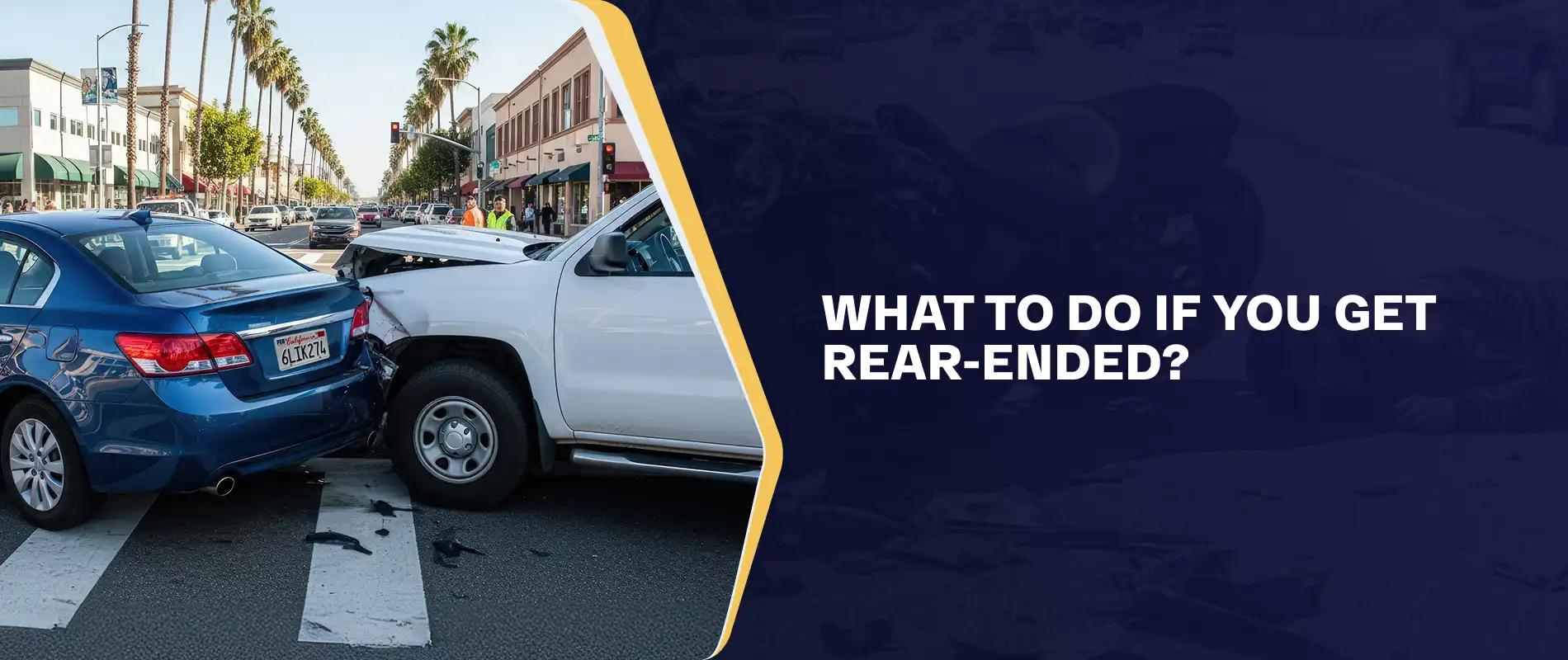
Welcome to your ultimate source for breaking news, trending updates, and in-depth stories from around the world. Whether it's politics, technology, entertainment, sports, or lifestyle, we bring you real-time updates that keep you informed and ahead of the curve.
Our team works tirelessly to ensure you never miss a moment. From the latest developments in global events to the most talked-about topics on social media, our news platform is designed to deliver accurate and timely information, all in one place.
Stay in the know and join thousands of readers who trust us for reliable, up-to-date content. Explore our expertly curated articles and dive deeper into the stories that matter to you. Visit Best Website now and be part of the conversation. Don't miss out on the headlines that shape our world!
Table of Contents
What to Do After a Rear-End Collision: A Step-by-Step Guide
Being rear-ended is a jarring experience, leaving you shaken and potentially injured. Knowing what to do immediately after a rear-end collision can significantly impact your safety, your insurance claim, and your overall well-being. This comprehensive guide outlines the crucial steps to take in the aftermath of such an accident.
Immediate Actions After a Rear-End Collision:
-
Ensure Safety: Your primary concern is safety. Turn on your hazard lights immediately. If possible and safe to do so, move your vehicle to the side of the road, away from oncoming traffic. Assess yourself and your passengers for injuries. Even if you feel fine initially, seek medical attention if you experience any pain or discomfort later.
-
Call Emergency Services: If anyone is injured, call emergency services (911 in the US) immediately. Even minor injuries warrant a call, as symptoms can develop later. The presence of emergency personnel creates an official record of the accident.
-
Document the Scene: Before moving your vehicles (if possible), take photos and videos of the damage to all involved vehicles, the surrounding area, and any visible injuries. Document license plates, driver's licenses, and insurance information. Use your smartphone's camera – it's the most readily available tool.
-
Gather Information: Exchange information with the other driver(s). This includes names, addresses, phone numbers, driver's license numbers, insurance company names and policy numbers, and vehicle information (make, model, year, license plate). If there are witnesses, get their contact information as well.
-
Contact Your Insurance Company: Report the accident to your insurance company as soon as possible. Provide them with all the information you've gathered. Be accurate and detailed in your report.
Post-Accident Procedures:
-
Seek Medical Attention: Even if you feel fine initially, schedule an appointment with your doctor. Whiplash and other injuries may not manifest immediately. Documentation of your injuries is crucial for your insurance claim.
-
Report the Accident to the Authorities: Depending on the severity of the accident and local regulations, you may need to file a police report. This official record is invaluable in supporting your insurance claim.
-
Review Your Policy: Carefully review your auto insurance policy to understand your coverage and the claims process. Contact your insurance agent if you have any questions.
Tips for Preventing Rear-End Collisions:
- Maintain a Safe Following Distance: This is crucial in preventing rear-end collisions. The "three-second rule" is a good guideline.
- Avoid Distracted Driving: Put away your phone and avoid any activities that distract you from driving.
- Be Aware of Your Surroundings: Pay attention to the vehicles around you, especially those braking suddenly.
- Regular Vehicle Maintenance: Ensure your brake lights are functioning correctly.
What to Avoid After a Rear-End Collision:
- Admitting Fault: Avoid admitting fault at the scene, even if you think you are at fault. Let the insurance companies and potentially the courts determine liability.
- Making Unnecessary Statements: Don't make statements to the other driver or anyone else that could be misinterpreted.
- Posting on Social Media: Avoid posting about the accident on social media, as this information can be used against you in your insurance claim.
Conclusion:
Being involved in a rear-end collision can be a stressful experience. By following these steps and taking the necessary precautions, you can protect yourself, streamline the claims process, and ensure a smoother recovery. Remember, prioritizing safety and documenting everything is key. If you have any doubts or questions, consult with a legal professional specializing in personal injury. Staying calm and organized is crucial in navigating the aftermath of this type of accident.
Keywords: Rear-end collision, car accident, what to do after a car accident, rear-end collision claims, car accident steps, accident procedures, insurance claim, personal injury, car accident lawyer, whiplash, safe driving.

Thank you for visiting our website, your trusted source for the latest updates and in-depth coverage on What To Do After A Rear-End Collision. We're committed to keeping you informed with timely and accurate information to meet your curiosity and needs.
If you have any questions, suggestions, or feedback, we'd love to hear from you. Your insights are valuable to us and help us improve to serve you better. Feel free to reach out through our contact page.
Don't forget to bookmark our website and check back regularly for the latest headlines and trending topics. See you next time, and thank you for being part of our growing community!
Featured Posts
-
 What To Do After A Rear End Collision
Sep 07, 2025
What To Do After A Rear End Collision
Sep 07, 2025 -
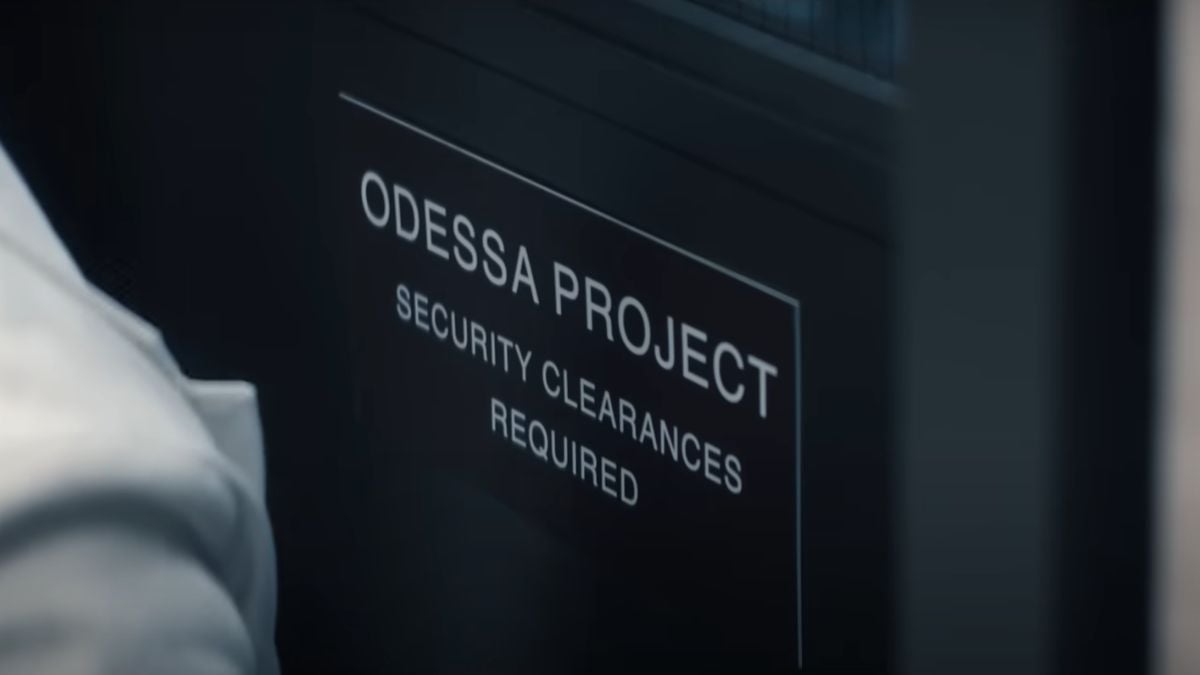 Gen V Season 2 Unraveling The Mysteries Of Project Odessa
Sep 07, 2025
Gen V Season 2 Unraveling The Mysteries Of Project Odessa
Sep 07, 2025 -
 Euro Basket 2025 Knockout Stage Full Schedule And Results Following Greeces Win
Sep 07, 2025
Euro Basket 2025 Knockout Stage Full Schedule And Results Following Greeces Win
Sep 07, 2025 -
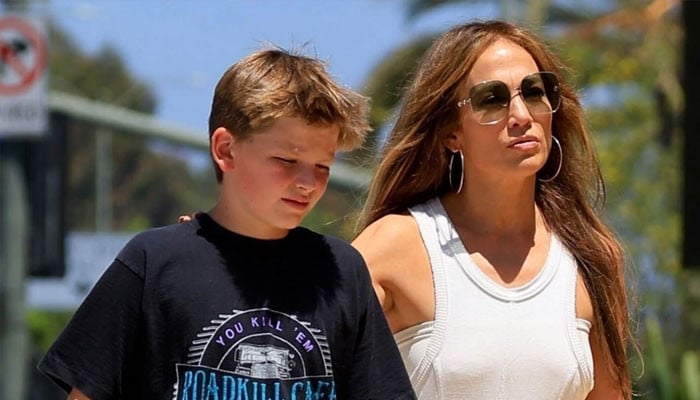 Jennifer Lopez And Ben Afflecks Son A Balenciaga Shopping Spree
Sep 07, 2025
Jennifer Lopez And Ben Afflecks Son A Balenciaga Shopping Spree
Sep 07, 2025 -
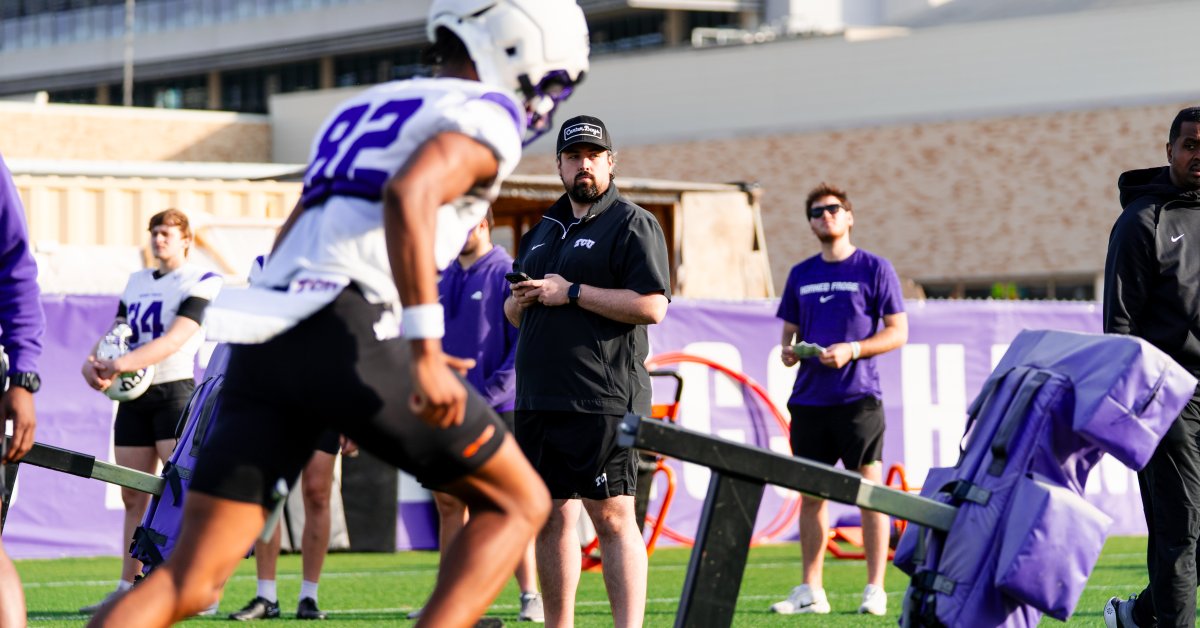 Meet The Fan Who Pulled Off The Ultimate Bill Belichick Prank
Sep 07, 2025
Meet The Fan Who Pulled Off The Ultimate Bill Belichick Prank
Sep 07, 2025
Latest Posts
-
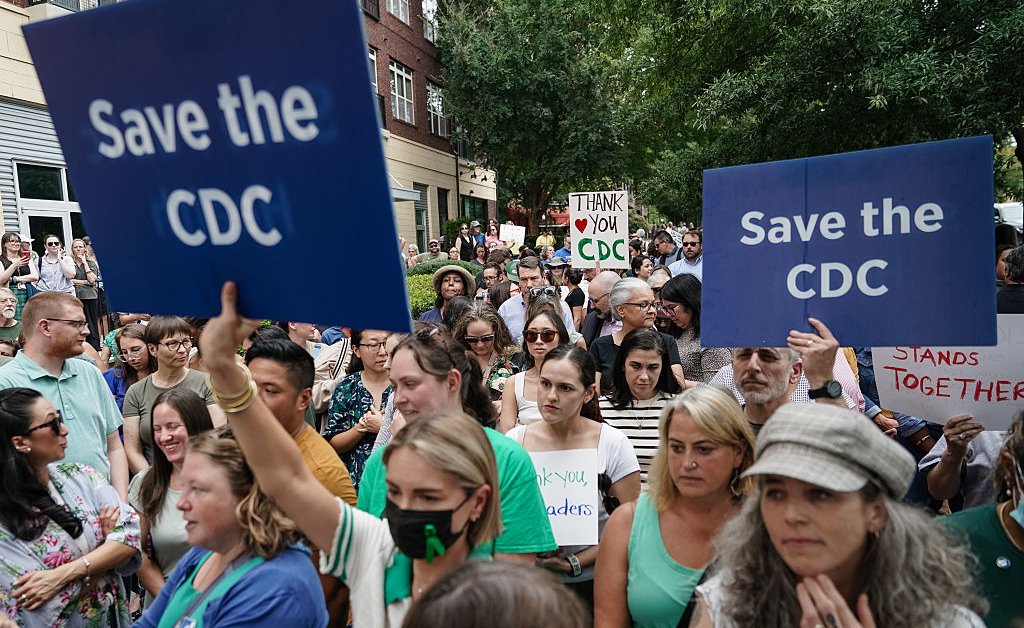 Cdc Exodus Scientists Depart Amidst Rfk Jr S Anti Vaccine Campaign
Sep 09, 2025
Cdc Exodus Scientists Depart Amidst Rfk Jr S Anti Vaccine Campaign
Sep 09, 2025 -
 Armanis Iconic Aesthetic How His Style Shaped Fashion History
Sep 09, 2025
Armanis Iconic Aesthetic How His Style Shaped Fashion History
Sep 09, 2025 -
 Michigans Sherrone Moore Taunts Oklahoma Fans With Controversial Gesture
Sep 09, 2025
Michigans Sherrone Moore Taunts Oklahoma Fans With Controversial Gesture
Sep 09, 2025 -
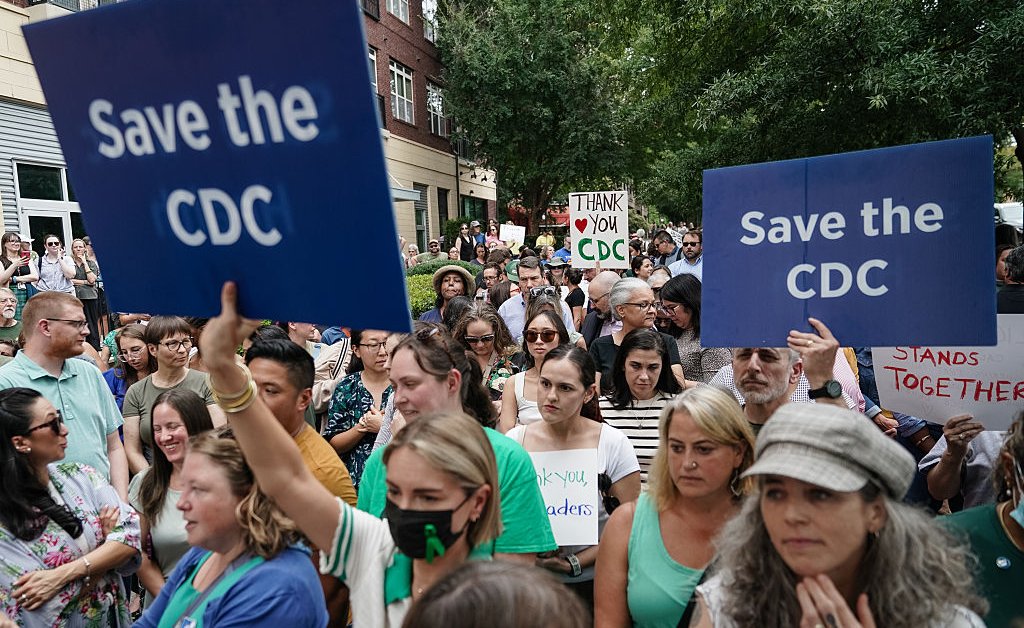 Inside The Cdc Departures And The Rise Of Anti Vaccine Sentiment Fuelled By Rfk Jr
Sep 09, 2025
Inside The Cdc Departures And The Rise Of Anti Vaccine Sentiment Fuelled By Rfk Jr
Sep 09, 2025 -
 Giorgio Armanis Enduring Style Iconic Looks And Lasting Impact
Sep 09, 2025
Giorgio Armanis Enduring Style Iconic Looks And Lasting Impact
Sep 09, 2025
